Artabotrys hexapetalus, commonly known as Ylang Ylang Vine or Climbing Ylang Ylang, is a tropical evergreen vine belonging to the family Annonaceae. Native to Southeast Asia and widely cultivated in tropical regions, it is prized for its fragrant flowers and has various traditional uses. Here is a detailed description of Artabotrys hexapetalus:
**Appearance**
Artabotrys hexapetalus is a vigorous climbing vine that can reach heights of 20 to 30 feet (6 to 9 meters) or more. It has long, slender stems with glossy, dark green leaves that are elliptical in shape. The leaves are arranged alternately along the stems. The vine produces large, pendulous flowers that are pale green or yellowish-green, with six petals that curl backward.
**Fragrance**
The flowers of Artabotrys hexapetalus are highly fragrant, emitting a sweet, exotic scent that is often described as similar to the aroma of the Ylang Ylang tree (Cananga odorata). The fragrance is intense and can fill the surrounding area, making it highly sought after for perfumery and aromatherapy.
**Cultivation**
Artabotrys hexapetalus thrives in warm and tropical climates. It prefers full sun to partial shade and well-draining soil. It is a fast-growing vine that requires support or trellising for climbing. Regular watering is necessary to keep the soil moist, especially during dry periods. The vine can be propagated through stem cuttings or seeds.
**Uses**
The fragrant flowers of Artabotrys hexapetalus have various uses. In some cultures, the flowers are used to make garlands or added to baths for their pleasant aroma. The essential oil extracted from the flowers is used in perfumery, particularly in creating exotic and floral fragrances. The vine is also valued for its ornamental appeal and is often grown on arbors, fences, or trellises to provide shade and beauty in gardens and landscapes.
**Caution**
It’s worth noting that the fruits of Artabotrys hexapetalus are toxic and should not be consumed.
**Conclusion**
Artabotrys hexapetalus, or Ylang Ylang Vine, is a tropical climbing vine known for its fragrant flowers and ornamental value. With its vigorous growth, glossy leaves, and sweet scent, it adds beauty and aroma to gardens and landscapes in warm climates. The vine’s intense fragrance and traditional uses in perfumery make it a highly prized plant, adding a touch of exotic allure to fragrances and aromatic experiences.

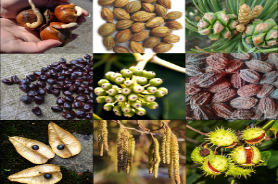





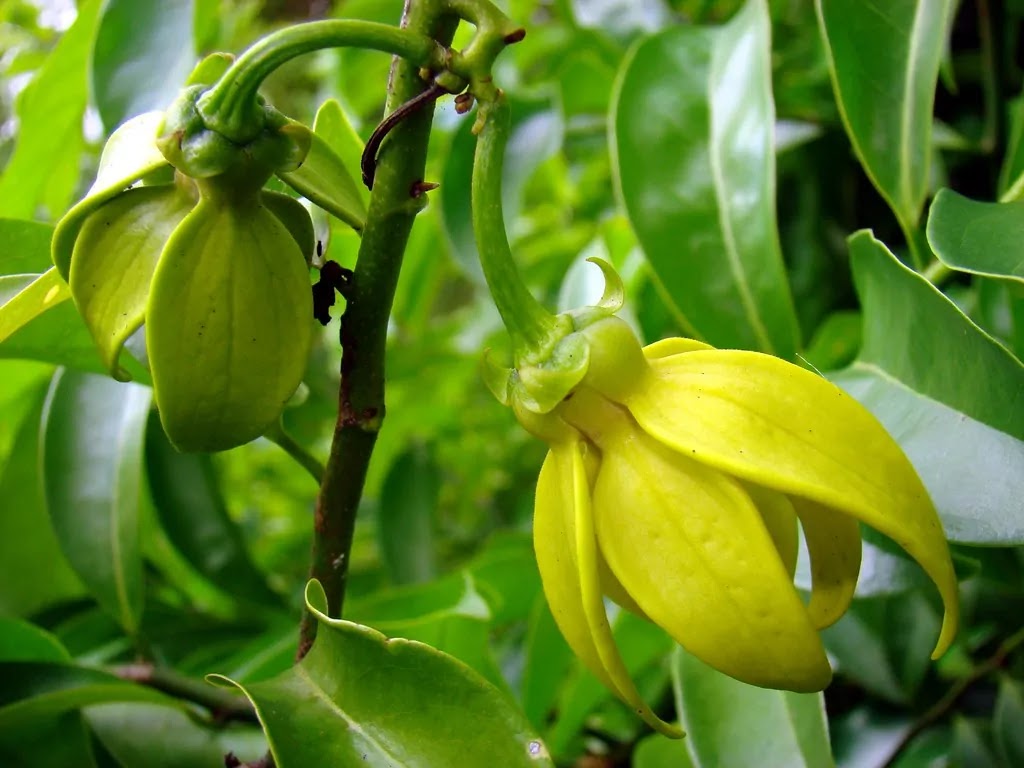

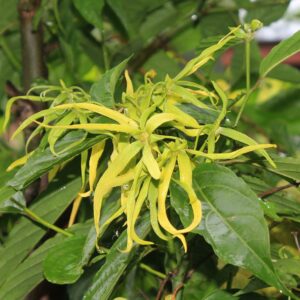
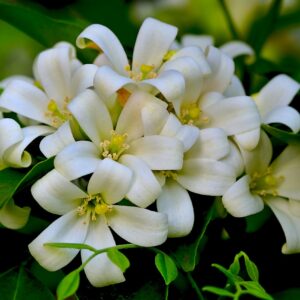

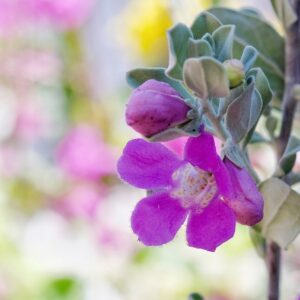
Reviews
There are no reviews yet.